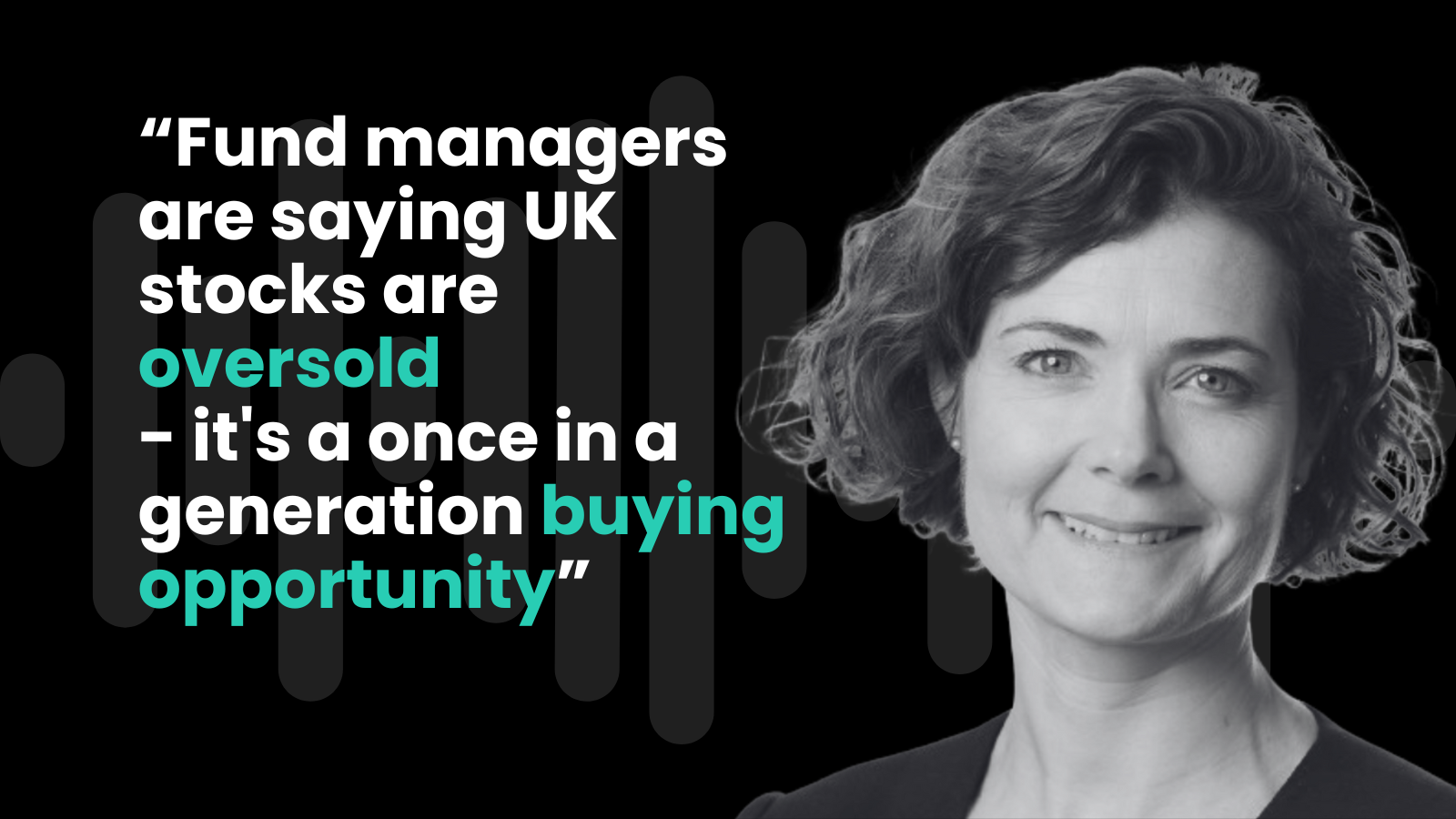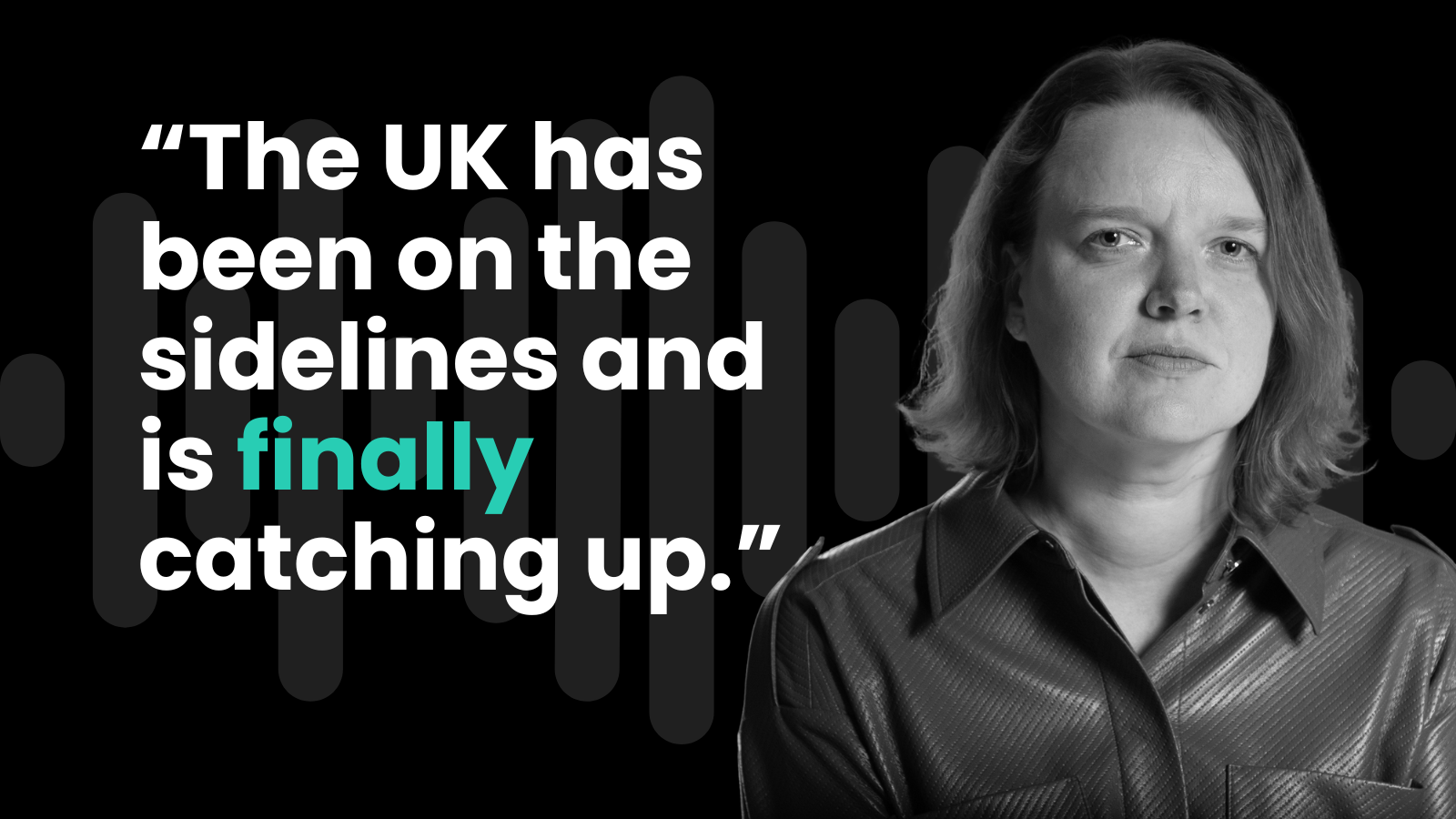This morning, global stock markets rallied sharply and oil prices slumped as Israel and Iran both agreed to a US-backed ceasefire to end their 12-day war. The move to de-escalate the conflict came just hours after Iran fired missiles at a US base in the region, in a retaliation largely seen as symbolic and showing Iran wanted to seek an end to the war.
Trump’s high stakes gamble to hit Iran’s nuclear sites may just have paid off. But the crisis also brings with it important lessons for traders, and while you may be heaving a sign of relief today, it pays to plan ahead for the next bout of volatility.
Markets are taking this in their stride
US stock markets were already in bullish mood last night with the S&P 500, Nasdaq and Dow Jones all rising by almost 1% on hopes that the Iranian response to the US strikes was puny enough to suggest they lacked any appetite to push this further. We’ve seen a broad relief rally for risk assets which includes sterling, with GBPUSD jumping towards 1.36 again after hitting its lowest level in over a month on the tensions in the Middle East as the dollar broadly pulled back.
The fact that Brent oil has subsequently edged slightly lower, may be owed to China’s interest in keeping the Straits of Hormuz open and China’s friendship with the Iranian regime. It will take a higher oil price for inflation implications to worry bond investors. Brent crude tumbled nearly 5% after Iran’s missile strike on the Al Udeid air base, interpreted by markets as a restrained signal rather than an escalation.
- Beginners Guide to Investing in Crude Oil
- Opinion: Do calmer markets mean it is time to hedge?
- CoinShares makes its move on quant manager Bastion
- How are investors trading the US government shutdown?
Focus is still on the Strait of Hormuz
The Strait of Hormuz is arguably the most critical oil transit route in the world. Roughly 20% of the global oil supply and a similar portion of liquefied natural gas (LNG) exports pass through its narrow corridor daily. It is bordered by Iran to the north and the United Arab Emirates and Oman to the south. The shipping lanes within the strait are just 3km wide in each direction, leaving vessels vulnerable to military interference.
“Markets are concerned about the Strait of Hormuz which accounts for c20% of global oil supply, with much of it destined to China,” said Nick Edwardson, Head of UK Investment Specialists at Aegon Asset Management.
Any serious disruption would send shockwaves through the global economy. According to recent modelling from Goldman Sachs and Morgan Stanley, a temporary closure of the strait could push Brent prices past US$100 per barrel, with a worst-case scenario of prolonged disruption seeing oil spike to US$130 or even US$150. The natural gas market, especially in Europe and Asia, would also face significant supply shocks.
Hedge funds are looking for new risk benchmarks
Hedge funds and other pro investors are increasingly looking for systematic risk measures that can help them to cope with all this political-inspired volatility in the market.
Sentiment provider Permutable has chosen this week to announce the launch of its War Sentiment Index, a real-time data feed that quantifies global conflict sentiment to provide institutional investors with unprecedented insight into geopolitical risk factors affecting market volatility.
The War Sentiment Index transforms complex global events into actionable investment intelligence. Going back to 2015, Permutable’s proprietary AI-driven system has tracked every major conflict and geopolitical event, providing institutional clients with the data foundation to make informed decisions during periods of maximum market stress. Traders are turning to tools like this to help them make sense of the chaos.
The war is a distraction from the real issues for traders
At this point, markets should be more worried about the tariff war. While it may have dropped from the headlines, the 90-day moratorium is due to expire in a fortnight, and its long-term implications should trump short-term volatility. Perhaps this will provide the direction which equity markets, seemingly unruffled by the weekend’s developments in the Middle East, are really seeking?
As geopolitical risk fades, implied volatility on oil options has collapsed and investors are unwinding the defensive hedges they piled on only days ago. Pricing is now migrating back to be fundamentally anchored. Those fundamentals look relatively comfortable, OPEC still controls significant spare capacity and global demand growth has cooled versus last year to a pace that can be met with current market supply
Investors need to price this risk into their portfolios
This truce is fragile. It’s politically brokered and militarily uneasy. One wrong move and tensions could flare again, dragging markets down with them. That’s the danger of relying too heavily on a single narrative or region in your portfolio.
The Middle East remains a geopolitical powder keg, and history tells us that calm doesn’t last. What does last is a properly diversified portfolio, one that absorbs these shocks without falling apart. With global equities rallying and oil prices sliding, some investors may be tempted to lean back into familiar strategies. This would be a critical mistake.






















